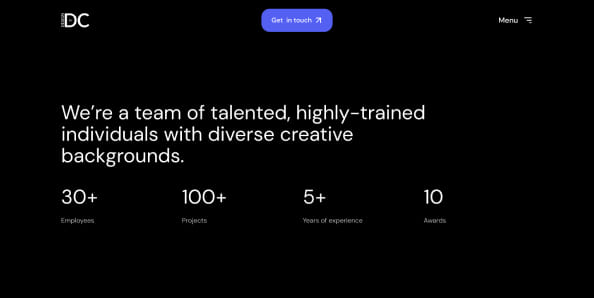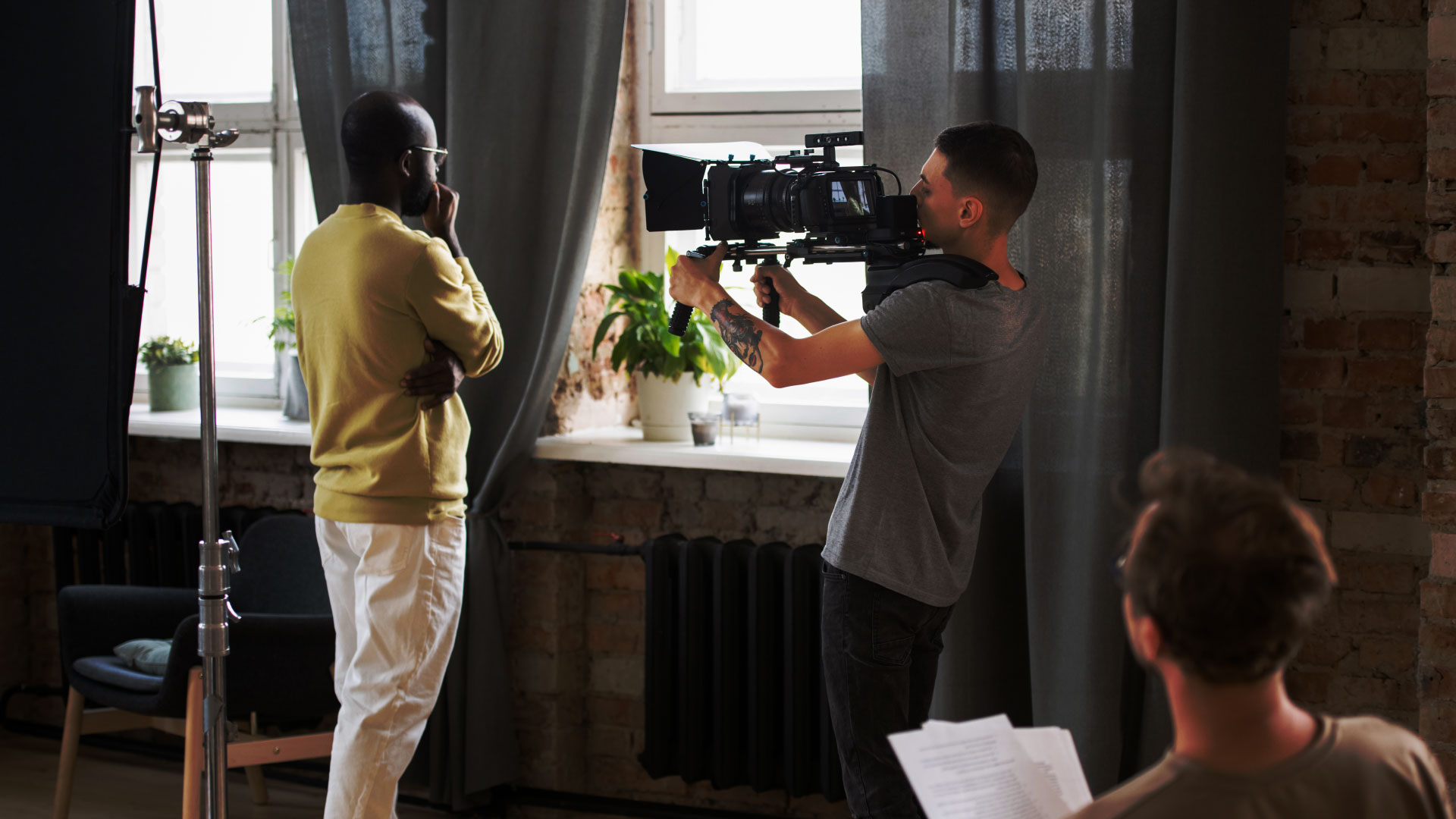The Basics of Filmmaking: Tips and Techniques for Creating a Professional Film
A good movie or video clip can stay with you forever. Think about your favorite movies, the ones that you may even say changed your life. What they most likely have in common is a skilled director who knows how to use their storytelling resources in the best way possible. If you dream of someday making a film like those you love, there are several filmmaking techniques that you’ll need to know and equip yourself with in order to get started in the field.
Cinematography is all about storytelling. Great cinematographers master the art of visual storytelling by capturing the best shots to artfully deliver the story to the viewers. In order to achieve this, aside from skillfully operating a camera and setting up the lighting for every scene, you will need to learn to control what the viewer sees and how the image is presented to them by choosing the right shooting techniques that best tell the story. In this article, we will discuss some of the basics of filmmaking and give you some tips and techniques for creating a great film.
- Learning Camera Skills
Our first tip is to get to know your equipment and learn how to use it to its full potential. Whether you are going to be using your iPhone or a professional camera, you should become familiar with its technical aspects and possibilities. At the end of the day, it’s not so much about the technology you use. But the quality of your video will instead be determined by how well you can use your equipment as well as your visual language skills. It is a must to learn and understand how different types of frames, edits, and other filming elements help you tell the story.
Some specific camera skills for filmmaking are, for example, using a tripod for the basic shots and utilizing pan and tilt movements to follow the action. Using camera movements to help you tell the story better. Making sure the shot composition and lighting are directing the viewer’s eyes to the important part of the frame.
- Light Adjustment
Lightning is one of the elements that can help you the most when it comes to telling a visual story. Proper lighting on film can help focus the viewer’s attention; it can also demonstrate the mood of a character, or even tell something about how they view the world. For example, bright flat lighting, with very subtle shadows, is common in comedic films. If you want to portray that a character is withdrawn or hiding, dark minimal lighting with deep shadows is the way to show the audience.
In order to become a master at lightning, you should start by learning color effects, adjustment of brightness, contrast, and other tricks to get the results you require for your film.
- Shot Composition
There are several different types of shots in a film. Some of them include the extreme wide shot, the wide, also known as a long shot, the full shot, the medium shot, the medium close-up shot, the close-up shot, the extreme close-up shot, and the establishing shot. It’s important you learn about each of them, what they mean, and how they can help you tell your story.
One of the main examples of shot composition techniques is the rule of thirds: this rule divides the frame into a grid of nine squares, and the subject of your shot should land on a grid line or intersection to create a more balanced shot. If you have an iPhone, go to your camera settings and turn on a grid that puts an overlay on top of your phone screen. This is a great way to play and learn with the rule of thirds.
- Camera Movement
Camera movement helps you tell your story by manipulating what’s on screen. These movements can be extremely powerful when it comes to evoking a certain emotion. A film can be shot on a tripod and be quiet and still, but there are other dynamic techniques you can experiment with.
Some of the most popular camera moves are the zoom, the push-in, the pan, and the tilt. The zoom, for example, is when the camera stays in one place and you manipulate the lens to frame tighter or wider around the subject. Zoom in a film can be a way to reveal new information without moving the camera or to punctuate an emotional moment. Each of these elements can be used to tell different things at different points of the film, so it’s worth it to go into deeper detail about them.
- Sound Effects and Techniques
A frequent mistake is to pay little attention to sound until the film is almost done. Remember, an audience will forgive a badly lit shot, even a shot that’s slightly out of focus or is shaky… but they will not tolerate bad sound. Dialogue is crucial, and it should stand out so the actor’s words can be heard.
When it comes to sound effects, there is a misconception that they are added to the film later, so some people think they can roll the camera without rolling the sound. While sometimes this is true, it is best to always roll sound when filming in order to get ordinary sounds like feet walking or leaves blowing in the wind.
In Conclusion…
A great filmmaker isn’t made in a day. It requires a lot of reading and researching, and, more than anything, experimenting and learning from your experiences and mistakes. Elements like lightning, shot composition, camera movement and sound are some of the skills you should start mastering in order to make the film of your dreams.
There are many resources out there you can use to help you get started in making your own films. For example, at Design in DC, we offer videography and photography services. Give us a call to learn how we can help you with your film projects.
Don’t forget to follow us on Social media if you want to stay up to date with all of the latest Design In Dc news!












